CU - Dongsoong Art Center Branch [Tax Refund Shop] (cu동숭아트점)
7.0Km 2024-06-26
114, Dongsung-gil, Jongno-gu, Seoul
-
ASSITEJ International Summer Festival (아시테지 국제여름축제)
7.0Km 2024-07-09
114 Dongsung-gil, Jongno-gu, Seoul
+82-2-745-5863
ASSITEJ International Summer Festival is Korea's largest performing arts festival aimed at introducing theater to children. Started in 1993, the festival has continued to grow each year, including many performances from overseas groups to delight children and adults alike.
Isae (이새)
7.0Km 2020-04-24
43-1, Insadong-gil, Jongno-gu, Seoul
+82-2-6713-5592
Targetting middle-aged customers and senior citizens, Isae only uses chemical-free fabrics. Natural fabrics and dyeing characterize clothing in Isae along with functional comfort. Both modern and hanbok (traditional Korean clothing) styles are available.
Gomguksijib (곰국시집)
7.0Km 2016-10-21
24, Mugyo-ro, Jung-gu, Seoul
+82-2-756-3249~50
Gomguksi is a soup consisting of handmade noodles and beef slices in a thick and rich beef broth. Gomguksi became famous through word-of-mouth by tourists from the neighboring country of Japan. These days the restaurant is always crowded with people. Also, the side dishes that accompany Gomguksi are extremely delicious.
Paju Gamaksan - Daehangro Branch (파주감악산 대학로)
7.0Km 2021-03-19
4, Daehak-ro 12-gil, Jongno-gu, Seoul
+82-2-747-7274
A meat restaurant that is the ideal meeting place. The most famous menu is grilled Korean beef sirloin. A barbecue specialty restaurant located in Daehak-ro, Seoul.
Olive Young - Mugyodong Branch [Tax Refund Shop] (올리브영 무교동점)
7.0Km 2024-06-26
1F, 24, Mugyo-ro, Jung-gu, Seoul
-
Libuk Sonmandu (리북손만두)
7.0Km 2019-08-28
17-13, Mugyo-ro, Jung-gu, Seoul
+82-2-776-7361
Libuk Sonmandu restaurant is located deep in the alleys behind Seoul City Hall in the Mugyo-dong area. It is famous for kimchimari bap and sonmandu (handmade dumplings). Kimchimaribap is rice in a soup of kimchi and ice cubes with various added flavorings that originated in North Korea. This is a refreshing dish for summer. Other items on the menu are bindaetteok (mung bean pancake) and mandu jeongol (dumpling hot pot).
Isae - Insa Branch (No. 2) [Tax Refund Shop] (이새 인사2호)
7.0Km 2024-04-18
30-1, Insadong-gil, Jongno-gu, Seoul
-
Geunal Urineun (그날우리는)
7.0Km 2021-03-18
29, Daehak-ro, 9-gil, Jongno-gu, Seoul
+82-2-764-4697
This is a Korean cuisine located in Daehak-ro, Seoul. The best menu at this restaurant is grilled sea eel. It sells grilled hagfish, which Koreans eat a lot for health in summer.
Seoul Hyochang Park (서울 효창공원)
7.0Km 2024-07-09
177-18 Hyochangwon-ro, Yongsan-gu, Seoul
+82-2-2199-7608
Hyochang Park covers 122,245 square meters spanning across Hyochang-dong and Cheongpa 2-dong. It is a historic landmark that once contained several royal tombs, and was known at that time as Hyochangwon. The cemeteries that were originally located in Hyochangwon belonged to Crown Prince Munhyo, King Jeongjo’s first son who died at the age of five; Royal Noble Consort Uibin of the Seong Clan, King Jeongjo’s royal concubine and Crown Prince Munhyo’s mother; Royal Noble Consort Sugui of the Park Clan, King Sunjo’s royal concubine; and her daughter Princess Yeongon. The royal tombs were moved to Seooreung Tombs in the waning months of the Japanese colonial period. The Japanese empire began the development of Hyochangwon into a park in 1924, and the Japanese governor-general officially assigned the site as a park in 1940.
Presently, several of Korea’s greatest leaders are buried in Hyochang Park. The remains mostly belong to independence activists including Yoon Bong-gil, Lee Bong-chang, and Baek Jeong-gi, whose graves are collectively known as Samuisa Tomb. A statue of Lee Bong-chang has been built in the graveyard. Among the other patriotic martyrs who are interred in the park are Kim Gu and some of the key figures of the provisional government such as Lee Dong-nyeong, Cha I-seok, and Cho Seong-hwan. An ancestral shrine named Uiyeolsa has been built along the main gate and holds the portraits of the deceased independence activists.

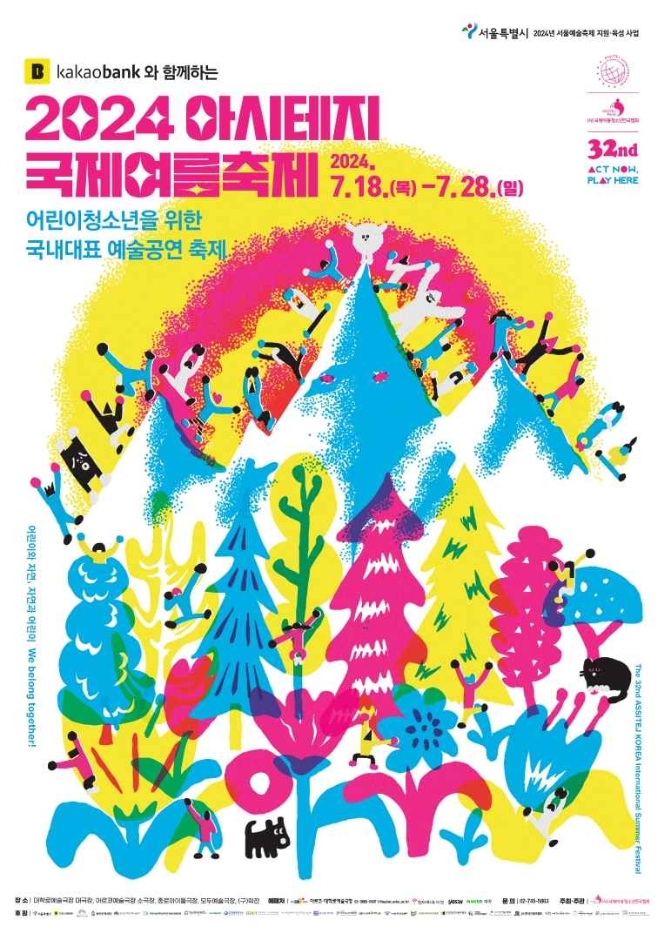
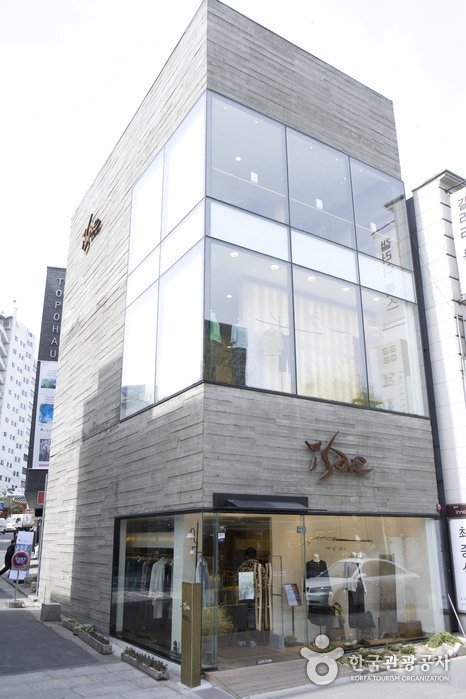
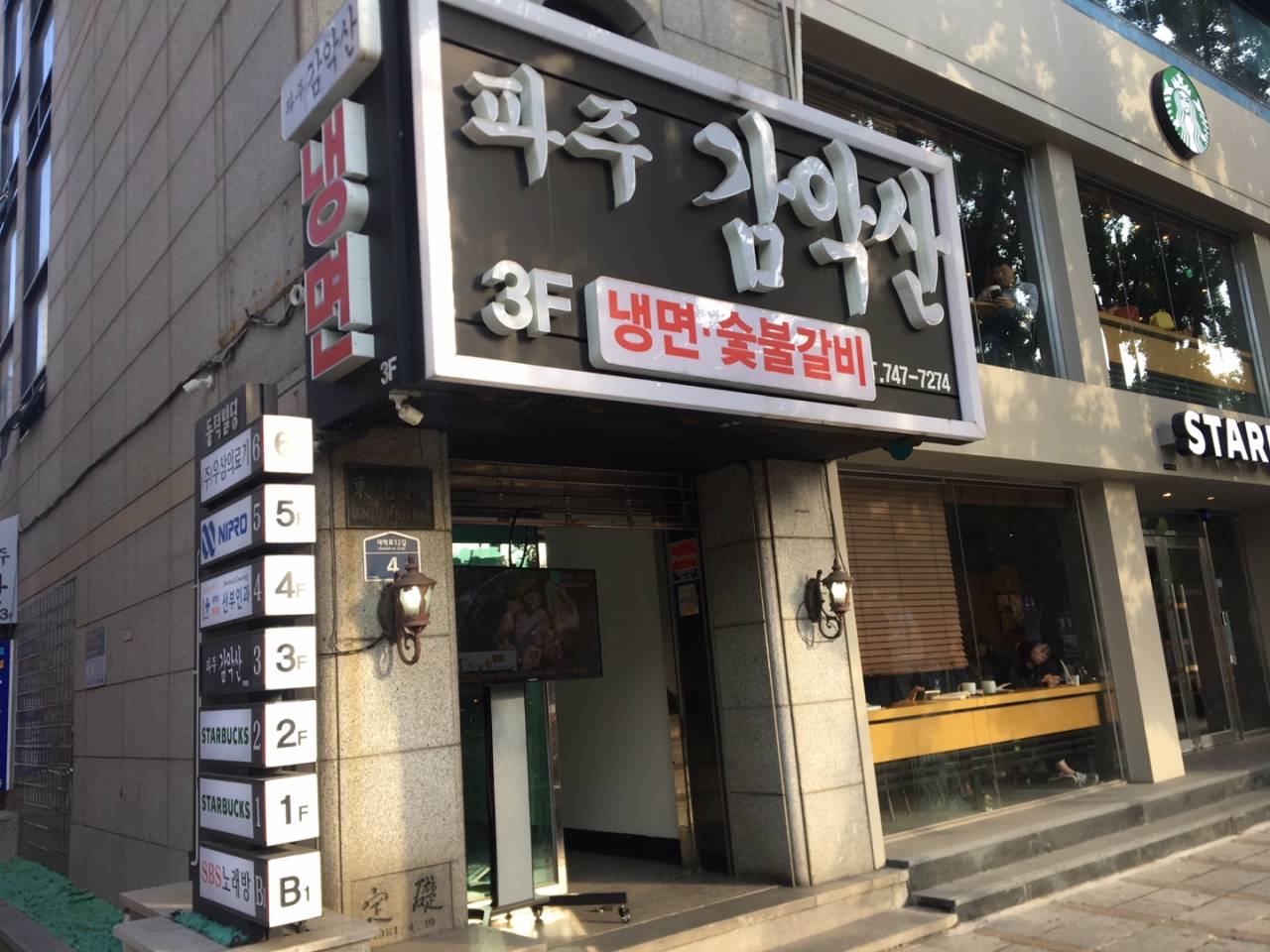
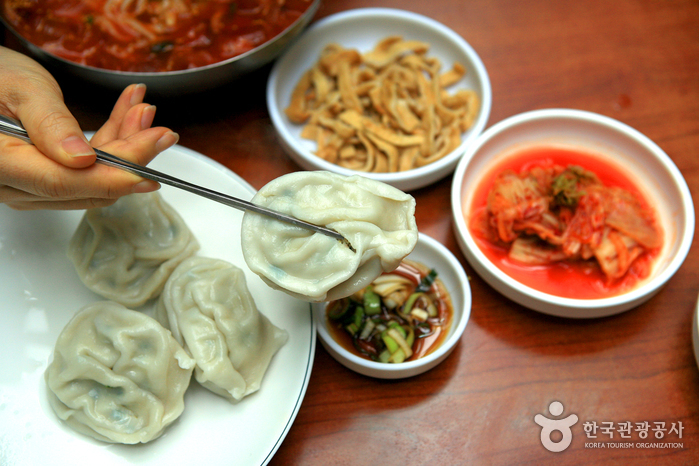
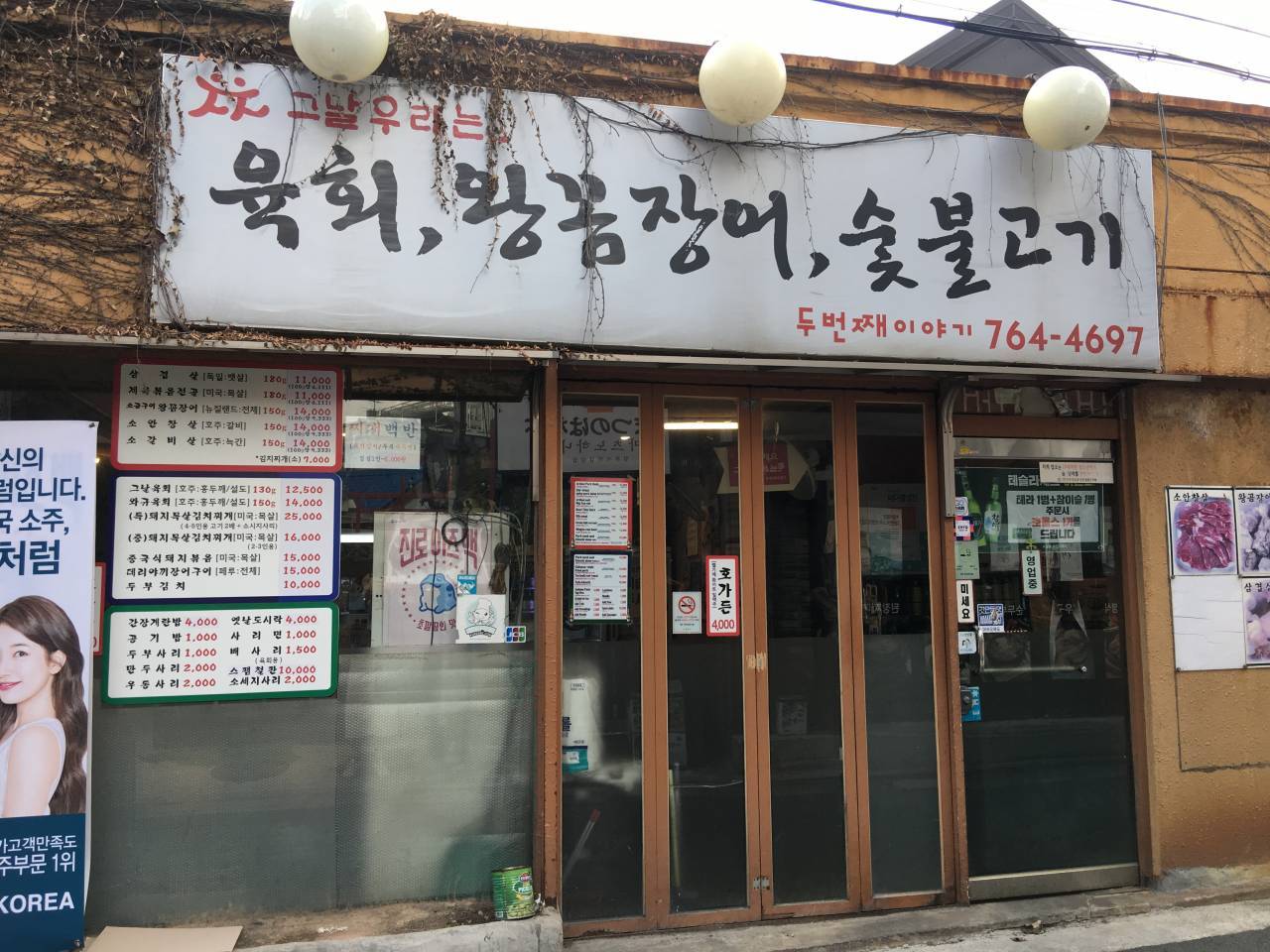
 English
English
 한국어
한국어 日本語
日本語 中文(简体)
中文(简体) Deutsch
Deutsch Français
Français Español
Español Русский
Русский